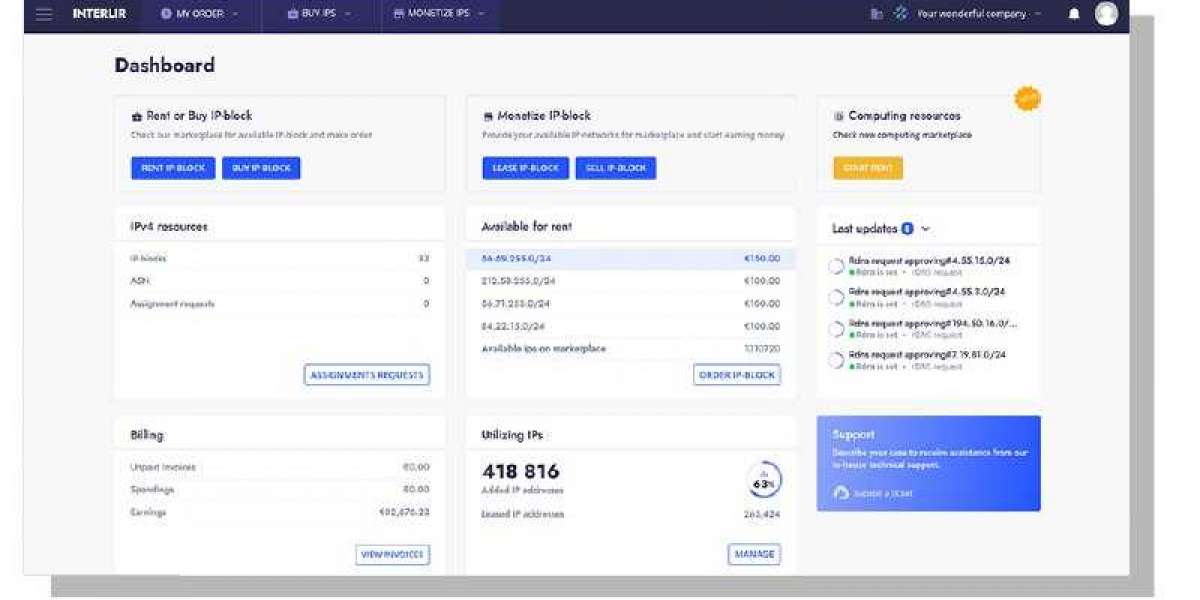The way people connect to mobile networks has evolved rapidly in recent years, and one of the most significant developments is the introduction of the southeast asia esim. Unlike traditional SIM cards that require physical insertion and replacement, eSIMs (embedded SIMs) are digital solutions that allow travelers and locals to activate mobile data instantly. This is particularly valuable in Southeast Asia, a region known for its vibrant mix of cultures, fast-growing economies, and popularity as a tourist and business destination. From Thailand’s beaches to Vietnam’s bustling cities, Singapore’s financial hubs, and Indonesia’s islands, staying connected is essential, and eSIMs are changing the game.
At its core, the southeast asia esim technology eliminates the hassle of searching for SIM card vendors, dealing with language barriers, or paying expensive roaming fees. An eSIM can be activated by simply scanning a QR code, and multiple plans can be stored on a single device. This makes it especially useful for those traveling across multiple countries in the region. Instead of swapping SIM cards in every destination, one eSIM profile can offer coverage across different nations, streamlining connectivity for frequent travelers and digital nomads.
The convenience of the southeast asia esim service is one of its biggest attractions. Imagine landing in Bangkok, Kuala Lumpur, or Manila and having instant access to data without stepping into a local mobile store. Travelers can arrange their plans online before their trip, ensuring immediate access to maps, ride-hailing apps, hotel bookings, and communication tools. For backpackers hopping from country to country or business travelers needing seamless communication, eSIMs offer unmatched efficiency.
Cost savings also play a major role in the popularity of the southeast asia esim. Traditional roaming charges from international carriers can quickly become unaffordable, especially when traveling for extended periods. eSIM providers offer competitive regional packages that cover multiple countries under one plan. For example, a single package might include data usage across Thailand, Cambodia, Vietnam, Laos, and Malaysia. This eliminates the need to buy separate SIM cards in each country, reducing costs while providing better value for money.
Flexibility is another reason why the southeast asia esim has gained traction. Travelers can choose short-term data plans for a week-long vacation, mid-term options for a month of exploring, or long-term subscriptions for those staying in the region for business, education, or remote work. This flexibility allows users to match their data needs with the length and nature of their trips. For digital nomads, who often move from one Southeast Asian country to another, this feature is especially important.
The security benefits of the southeast asia esim solution are also worth noting. Physical SIM cards can be lost, stolen, or damaged, potentially leaving travelers stranded without communication. With an eSIM, everything is managed digitally. If a phone is lost or stolen, the eSIM profile can be locked or erased remotely, ensuring personal data and connectivity remain secure. This peace of mind is invaluable for people navigating new countries and environments.
In addition, the southeast asia esim supports the lifestyle of remote workers and digital nomads, who are increasingly choosing Southeast Asia as their base. Countries like Thailand, Vietnam, Malaysia, and Indonesia are popular hubs for remote professionals thanks to affordable living costs, reliable internet infrastructure, and vibrant expat communities. Having seamless connectivity through eSIM technology means these workers can manage video calls, cloud collaboration, and business tasks without worrying about dropped connections or excessive data fees.
Sustainability is another advantage of the southeast asia esim. Traditional SIM cards are made of plastic and require physical production, packaging, and shipping. In contrast, eSIMs are entirely digital, reducing waste and supporting eco-friendly practices. With Southeast Asia’s growing focus on sustainability and environmental protection, especially in tourism-heavy areas, adopting eSIMs contributes to a greener approach to connectivity.
Coverage is also a crucial benefit of the southeast asia esim option. Providers ensure reliable service across major cities and tourist hotspots, including Bangkok, Ho Chi Minh City, Bali, Singapore, and Kuala Lumpur. For those exploring off-the-beaten-path destinations like rural villages in Laos or remote islands in the Philippines, coverage may vary, but overall, regional eSIM plans are designed to provide consistent connectivity across multiple networks in different countries. This is particularly helpful for travelers who move frequently across borders.
Despite its many benefits, the southeast asia esim solution does come with some challenges. Not all mobile carriers in every Southeast Asian country fully support eSIM technology, especially in rural or developing areas. Additionally, while most newer devices from Apple, Samsung, and Google now come with eSIM capability, older models may not support it. However, the adoption rate is increasing quickly as more telecom providers and device manufacturers embrace this technology.
Business travelers also benefit significantly from the southeast asia esim. For professionals attending meetings in multiple countries or managing cross-border operations, eSIMs provide a hassle-free way to stay connected. Instead of juggling multiple SIM cards or dealing with costly roaming, they can simply switch between networks digitally. This ensures uninterrupted communication and makes regional business travel more efficient.
The future of the southeast asia esim market looks bright. As demand grows, more carriers are expected to expand their offerings, making it easier and more affordable to access eSIM services across the region. Features such as automatic network switching and global plan integration will likely improve the experience further. With Southeast Asia being one of the world’s most dynamic regions for tourism, business, and remote work, eSIM adoption will only continue to rise.
In conclusion, the southeast asia esim is transforming the way people stay connected in one of the world’s most popular travel regions. It offers convenience, affordability, flexibility, and security, making it ideal for tourists, business professionals, and digital nomads alike. By eliminating the need for physical SIM cards, eSIM technology simplifies connectivity while supporting sustainable practices. As more people discover the benefits of eSIMs, Southeast Asia is set to become a leading region for digital mobile adoption, ensuring travelers and locals alike can enjoy seamless communication wherever their journeys take them.





